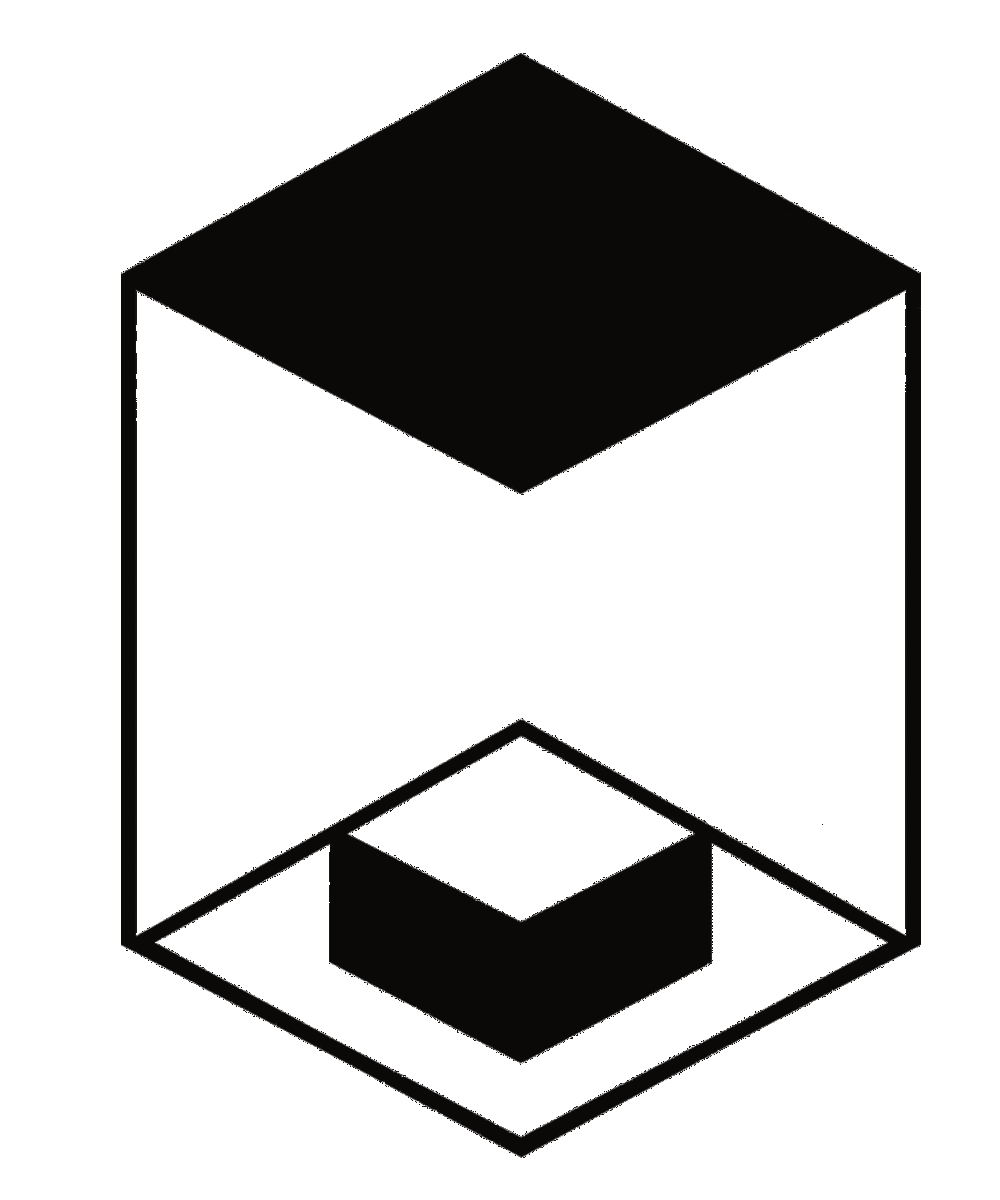Pattern making to me is the confluence of design and technology in architecture. Where human intent and computational logic, at times can meet on a level playing field of desired affect and systematic process. This is in some sense I think, the struggle of architecture today, as we struggle to find purpose behind the might of the machine, and put meaning to its makings. but pattern is also the place in which other fields of art, craft, and design are most easily able to flow in and out of the phygital environment in which all art and design increasingly finds itself.
With the increasingly sophisticated tools available to everyone, from parametric generators like Grasshopper and Cinema 4d, systematics like Revit, and the ubiquitous adobe suite, all of which in their own way encourage defined process, repetition, and parametric process, and at the same time, in their own ways facilitate manufacturing. A favorite project of mine, and example of this process is the John Lewis department store in Leicester, designed by the late great FOA (Foreign Office Architects.)
While the processes employed in achieving the exterior effect are relatively simple, a system of identical connective points on all four sides of the tile unit, allow any design which can terminate at these points to be used to connect to the next unit, allowing for both repetition, simple manipulation ala rotatoin, as well as difference , provided it follows rules.
Not only this but the design of the pattern itself is taken from the archives of the company, which along with the city of Leicester possess a great history textile design. This kind of intimacy of design allows parameters and process to be made recognizable and, potentially interactive and didactic, and more so, I think it simply puts more meaning in the message, allowing the influences of the design to suffuse the process, rather than being simply overwhelmed by computational attributes.
Frequently, parametricism leads to undeniably sterile results which all too frequently emerge, either through varying digital,
Zaha Hadid Architects - Istanbul Masterplan
or anaglog processes.
I think this is because the driving forces of the design, ultimately are not really informed by context or even really articulated at all, but because of our inability to deal with the excess of datas presented to us, process overwhelms both capability and intent. This I think is frequently the root cause of design which can only be described by its method of production.
This is not to discount the inherent richness of exploration in new processes, as well as the influence of brute procedural logic cannot be employed to produce novel and sublime aesthetics, but even at what has been its apex, I think these processes alone produce work which is undeniably alien.
I think design which emphatically puts context and narrative into form and process , while employing the power of computational exploration, will be the potential of parametrics in the future.
I will be starting a series of pattern-making which will attempt to employ both defined process and computational logic, being open to all sources and methods, but attempting, with the definition of procedures, to employ real meaning into its manifesto.
Starting with a simple grid system, and sketching patterns which only qualify for the simplest conditions imaginable, I want to build up a series of increasing complexity and iterative refinement which take both technical procedural-ism and narrative pattern-making, in tandem. This series of sketches rests on the same premise as the John Lewis Facade, and also begins to explore the idea of specialized modules within that system, making particular pieces which only interact in particular conditions, and the changing of narrative, to begin to allow for ecosystems to evolve within the process.
By defining connective members, panels can be assigned simple parameters which can be used to carry over into other squares.
This will be the start of the pattern-post series, which will be a weekly addition to the overcast design blog, featuring both an article of interest, be it new or historical, and an iteration in what will hopefully be increasingly content driven, parametrically defined, patterns.












